The Valencia Diet centers on simple, whole foods aimed at boosting health and managing weight effectively. Created by Dr. Daniel Valencia, it emphasizes plant-based choices, focusing on fruits, vegetables, whole grains, and healthy fats.
It avoids complexity and prioritizes nutrient-rich, unprocessed options. This guide breaks down the essential principles and provides a straightforward approach for those seeking balanced nutrition.
Key Principles of the Valencia Diet
| Macronutrient | Daily Percentage | Food Sources |
| Carbohydrates | 45-65% | Whole grains, vegetables |
| Proteins | 15-25% | Legumes, lean poultry |
| Fats | 20-35% | Olive oil, nuts, seeds |
The diet emphasizes unprocessed foods, a balance of macronutrients, and mindful eating habits.
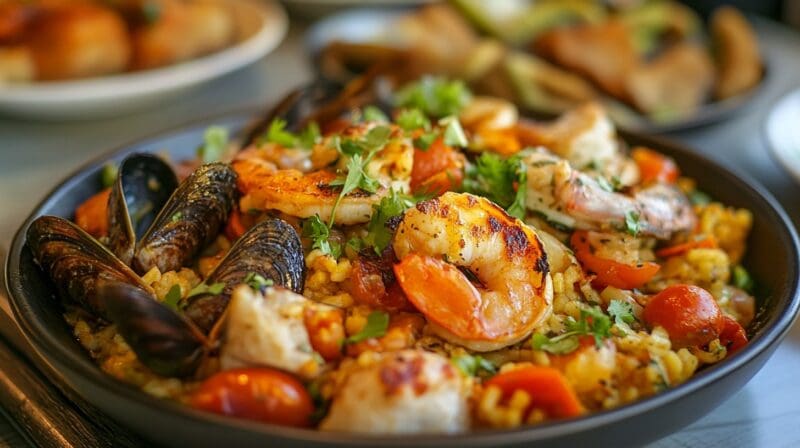
Here are the key components:
Focus on Whole, Unprocessed Foods
The diet emphasizes fresh and natural ingredients to maximize nutrient intake.
- Fresh fruits and vegetables are non-negotiable for fiber, vitamins, and minerals.
- Whole grains such as brown rice and quinoa are preferred for sustained energy.
- Lean proteins, primarily plant-based, play a crucial role in muscle maintenance and satiety.
Balanced Macronutrient Intake
Macronutrients must be distributed to ensure all essential dietary needs are covered.
- Carbohydrates: Should make up 45-65% of daily calories, focusing on complex carbs.
- Proteins: 15-25% of daily intake, with an emphasis on plant-based sources.
- Fats: 20-35%, prioritizing healthy fats like those found in avocados and nuts.
Mindful Eating and Portion Control
Paying attention to meal timing and portion sizes helps manage weight and overall health.
- Eat smaller, balanced meals throughout the day to avoid overeating.
- Take your time while eating to improve digestion and satisfaction.
Foods to Focus On
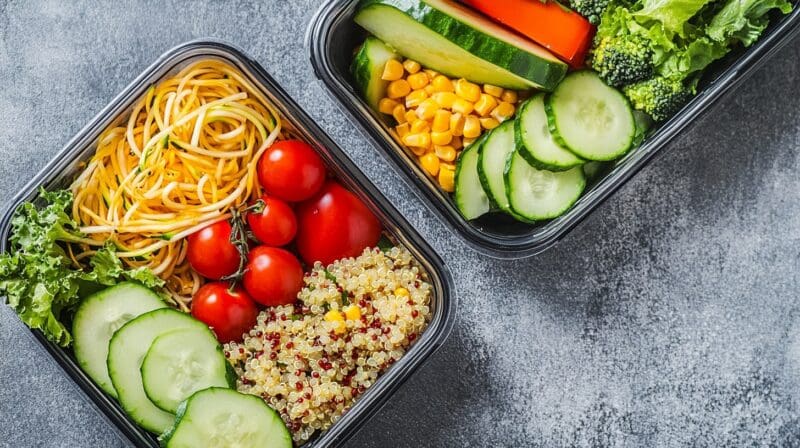
Choosing nutrient-rich foods ensures that your body gets the energy and nutrition it needs. The Valencia Diet encourages a variety of healthy options.
Fresh Vegetables and Fruits
- Leafy greens like spinach and kale are rich in vitamins A, C, and K.
- Berries such as strawberries and blueberries provide antioxidants.
- Cruciferous vegetables, including broccoli and cauliflower, are great for fiber and digestion.
Whole Grains
Whole grains should replace refined carbohydrates in your diet.
- Quinoa, rich in protein and fiber, serves as a complete plant-based protein.
- Brown rice provides steady energy and is more nutrient-dense than white rice.
- Oats are a heart-healthy choice that helps lower cholesterol.
Plant-Based Proteins
The diet prioritizes legumes, beans, and other non-animal protein sources.
- Lentils are high in protein and iron, making them a great meat alternative.
- Chickpeas, a versatile protein source, can be used in soups, salads, or roasted as a snack.
- Tofu and tempeh offer a protein boost and work well in various dishes.
Keep in mind that this diet is very popular – one of the biggest trends in recent years. Therefore, if you are a certified nutritionist, make sure to learn more about it as many clients will be interested.
On the other hand, if you are looking to obtain a certificate, we recommend you to choose a reliable and well-known option like americansportandfitness.com
Foods to Limit
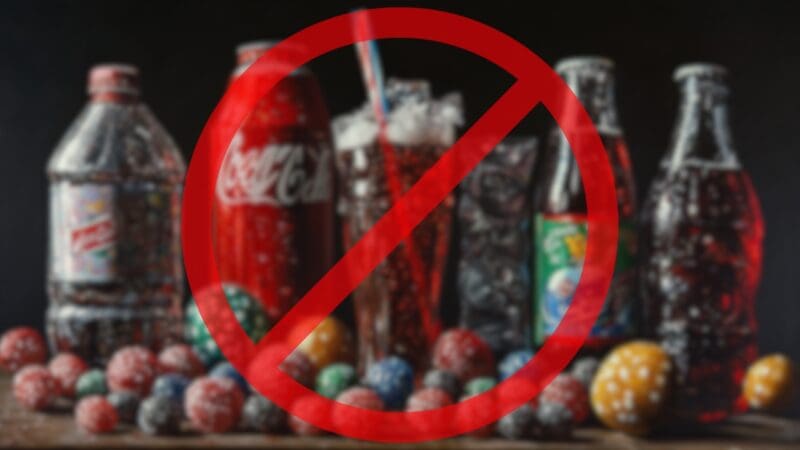
Some foods are best avoided or kept to a minimum on the Valencia Diet to maintain optimal health and energy levels.
Processed and Refined Foods
Highly processed foods are stripped of essential nutrients and can lead to health complications.
- Refined sugars, found in candies and soda, contribute to weight gain and insulin spikes.
- White bread and pastries have a high glycemic index, leading to rapid sugar absorption.
Saturated and Trans Fats
Reducing the intake of unhealthy fats supports cardiovascular health.
- Avoid trans fats found in fried and processed foods, such as packaged snacks.
- Limit saturated fats from sources like butter, high-fat dairy, and fatty cuts of meat.
High-Sodium Foods
Excess sodium intake can raise blood pressure and lead to other cardiovascular issues.
- Processed meats like bacon and deli meats are typically high in sodium.
- Canned soups and frozen meals often contain added salt as a preservative.
Structuring Balanced Meals
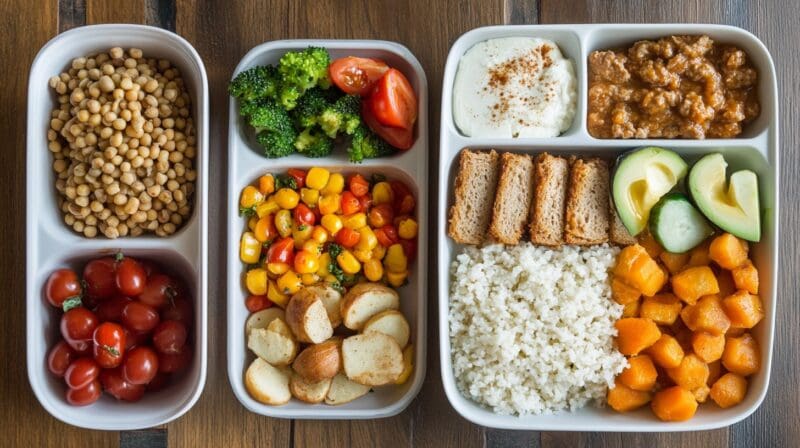
Creating well-rounded meals ensures that you get a proper mix of macronutrients, vitamins, and minerals. This approach keeps energy levels stable and supports overall health.
Balancing Macronutrients
Each meal should include a balanced distribution of carbohydrates, proteins, and fats.
- Breakfast: Start the day with a mix of healthy fats, protein, and complex carbohydrates. For example, a bowl of oatmeal topped with chia seeds and sliced bananas. (cereal with water is a budget-simple snack idea when you’re hungry)
- Lunch: Include a source of lean protein, like grilled chicken or tofu, with whole grains and a side of mixed greens.
- Dinner: Combine protein, like salmon or lentils, with roasted vegetables and a serving of quinoa.
Healthy Portion Sizes
Portion control plays a key role in the Valencia Diet.
- Use the plate method: half your plate for vegetables, one-quarter for protein, and one-quarter for carbohydrates.
- Limit added fats and oils to small servings to manage calorie intake.
Sample Meal Plan
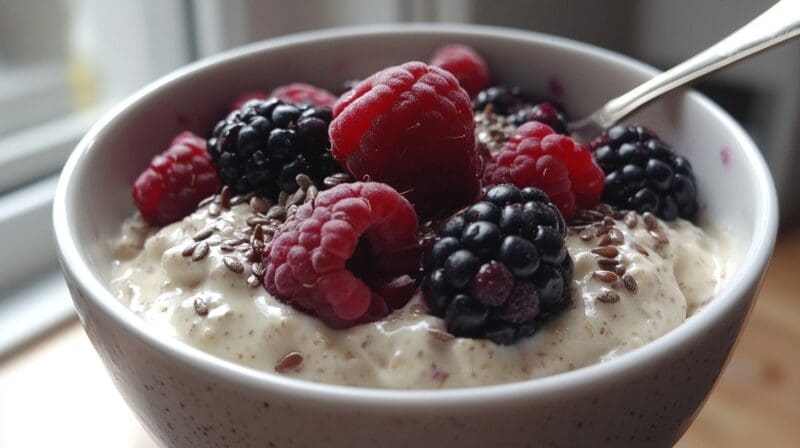
A sample meal plan gives a practical guide to what a day on the Valencia Diet looks like, making it easier to plan and prepare meals.
Breakfast Ideas
- Overnight oats made with almond milk, topped with mixed berries and a spoonful of flaxseeds.
- A smoothie bowl with spinach, frozen bananas, blueberries, and a sprinkle of granola.
Lunch Suggestions
- Quinoa salad with roasted vegetables, a handful of chickpeas, and a light lemon-tahini dressing.
- A whole-grain wrap filled with hummus, avocado slices, shredded carrots, and leafy greens.
Dinner Options
- Baked cod with a side of roasted Brussels sprouts and sweet potato wedges.
- A stir-fry made with tofu, mixed bell peppers, snap peas, and brown rice.
Grocery Shopping Essentials
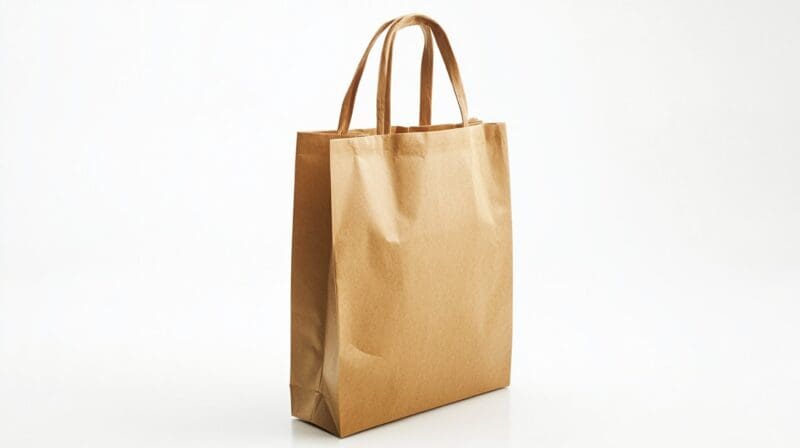
Successful meal planning begins with a well-organized grocery list that focuses on fresh, whole ingredients.
Produce Section
Prioritize a variety of colorful fruits and vegetables to ensure nutrient diversity.
- Leafy greens: kale, spinach, arugula
- Root vegetables: carrots, beets, sweet potatoes
- Fruits: apples, oranges, berries
Protein Sources
Focus on plant-based proteins but include lean animal options if desired.
- Legumes: black beans, lentils, chickpeas
- Nuts and seeds: almonds, chia seeds, sunflower seeds
- Lean meats: skinless chicken, turkey, fish
Whole Grains and Healthy Fats
Stock up on items that provide long-lasting energy and support heart health.
- Whole grains: brown rice, quinoa, whole-wheat pasta
- Healthy fats: avocados, olive oil, nut butters
Meal Prep Tips
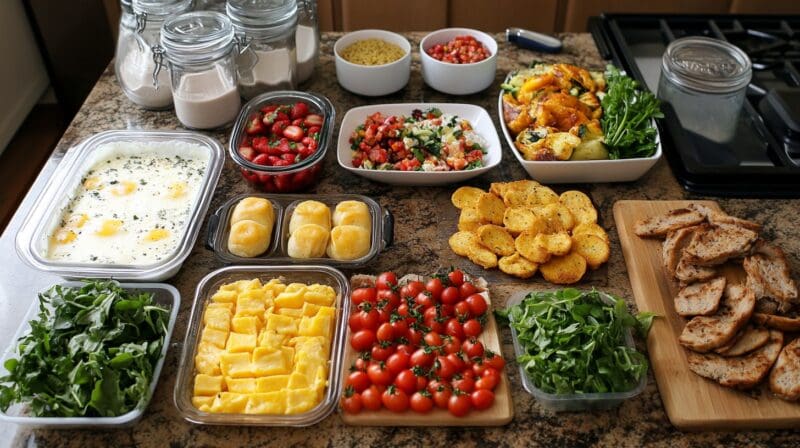
Meal preparation is a cornerstone of successfully following the Valencia Diet. Preparing meals in advance not only saves time but also ensures that healthy options are always on hand.
Plan Meals for the Week
Balanced weekly meals: prioritize protein, veggies, whole grains
- Create a weekly meal plan with breakfast, lunch, dinner, and snacks outlined.
- List out all necessary ingredients to avoid making multiple trips to the store.
Batch Cooking
Cooking in bulk helps you have ready-to-eat meals for the busy week ahead.
- Prepare grains like brown rice or quinoa in large batches and store them in the fridge.
- Roast a variety of vegetables at once and use them as sides or in salads throughout the week.
Portion and Store Properly
Store meals in individual containers to make grabbing lunch quick and easy.
- Use glass containers to keep food fresh and make reheating convenient.
- Label meals with the date to ensure everything gets eaten in a timely manner.
Exercise Recommendations
Physical activity complements the Valencia Diet, enhancing overall health and boosting energy levels. Regular exercise helps with weight management, cardiovascular health, and mental well-being.
Types of Exercise
Incorporate a mix of activities to get the best results.
- Cardio Workouts: Running, cycling, or swimming help burn calories and improve heart health.
- Strength Training: Weight lifting or bodyweight exercises like push-ups and squats support muscle development and metabolism.
- Flexibility and Balance: Yoga or stretching routines promote flexibility and reduce the risk of injury.
Weekly Exercise Goals
Set specific goals to keep your activity level consistent.
- Aim for at least 150 minutes of moderate-intensity aerobic activity each week.
- Include strength training exercises for all major muscle groups at least twice a week.
FAQs
Last Words
The Valencia Diet is about eating real, nourishing food without overcomplicating things. It is a lifestyle change, not a rigid set of rules. Start with small steps, be patient with yourself, and do what feels right for your body.
The journey is yours, so make it work in a way that fits your life and keeps you feeling your best.

